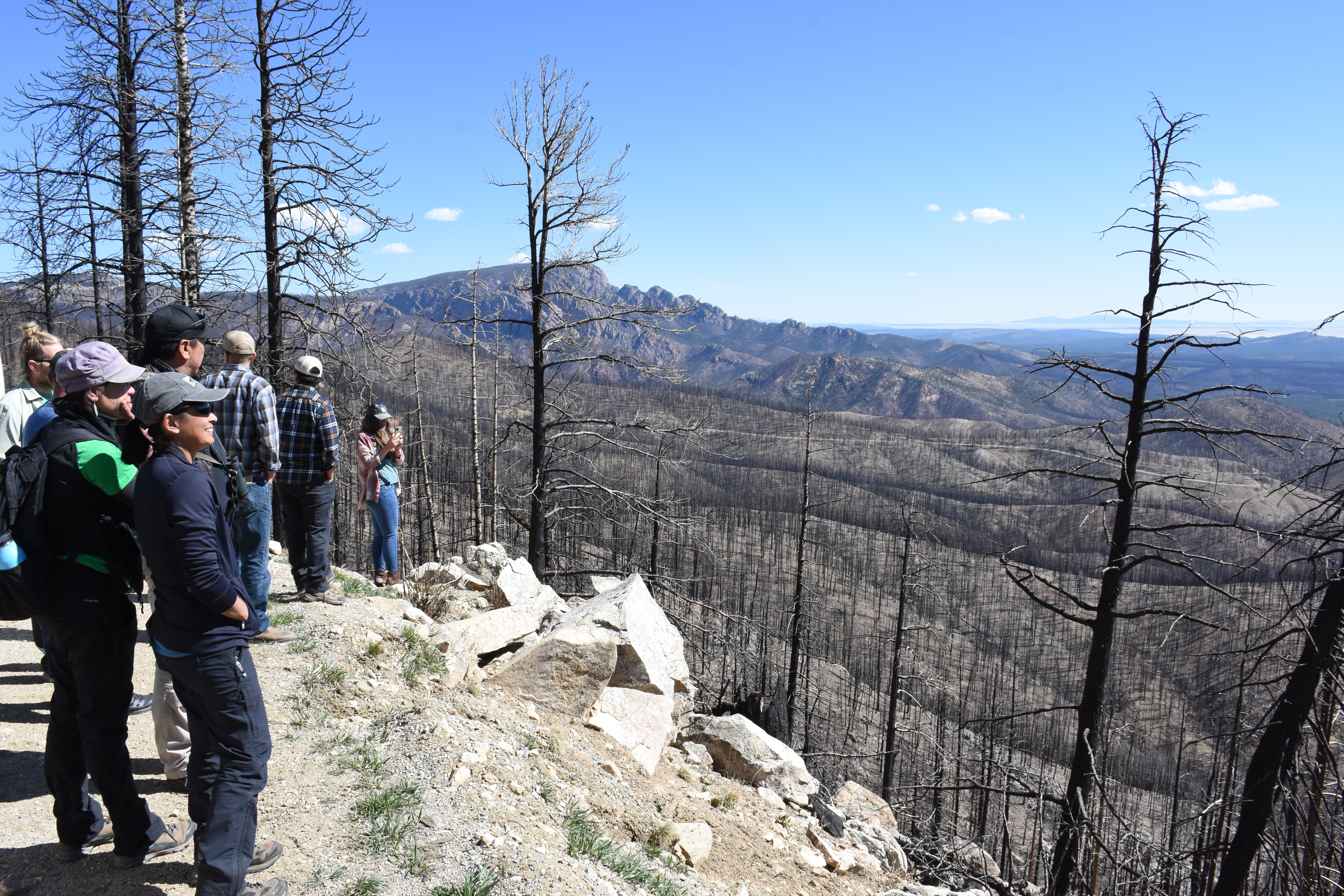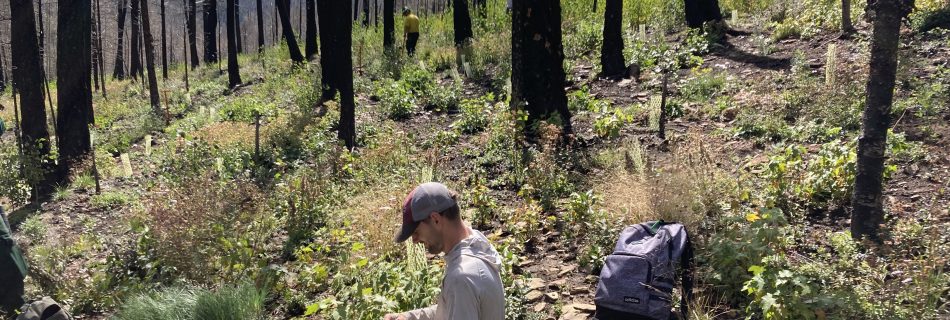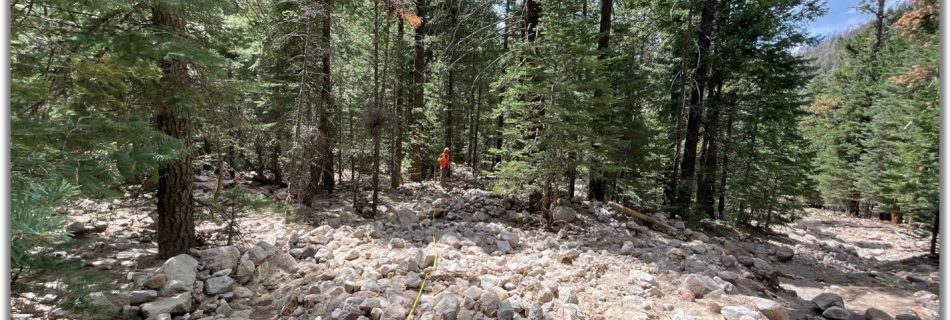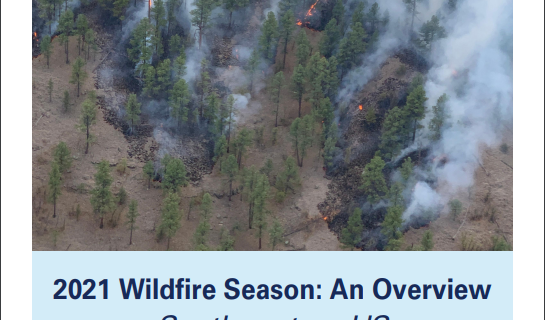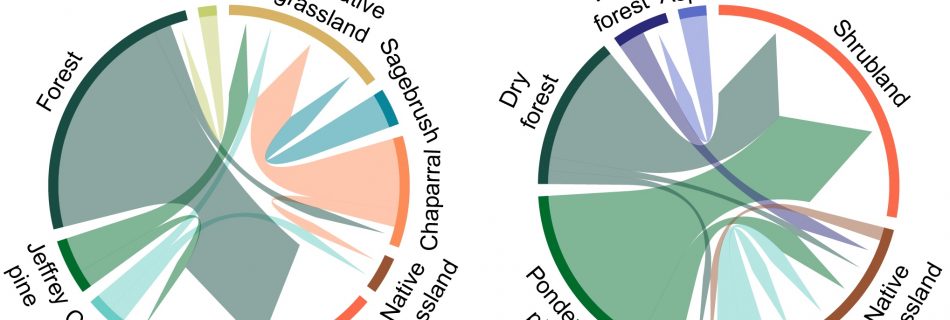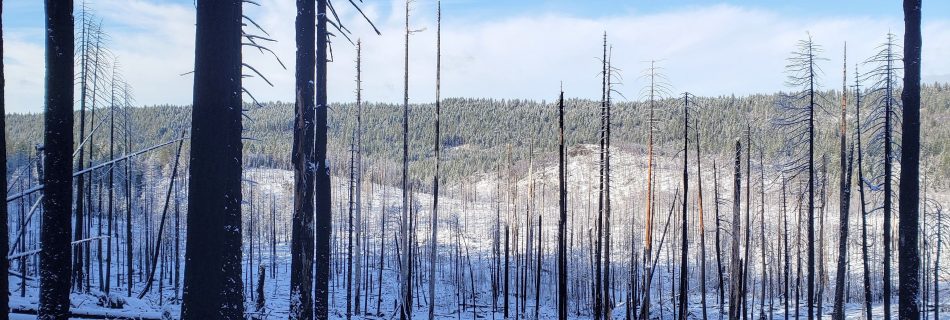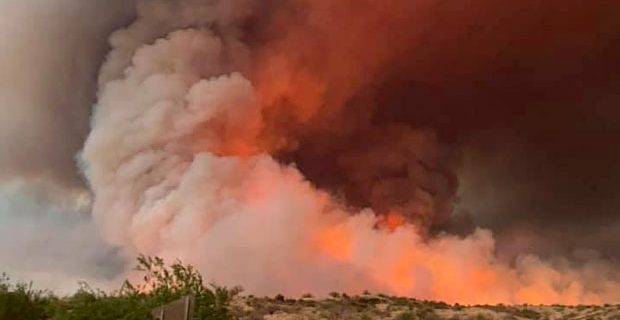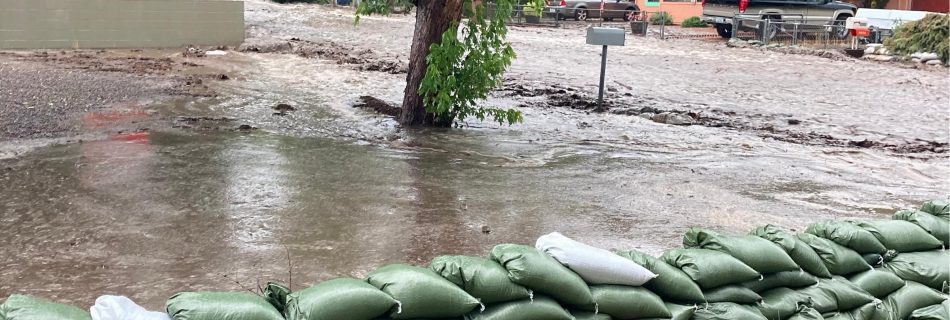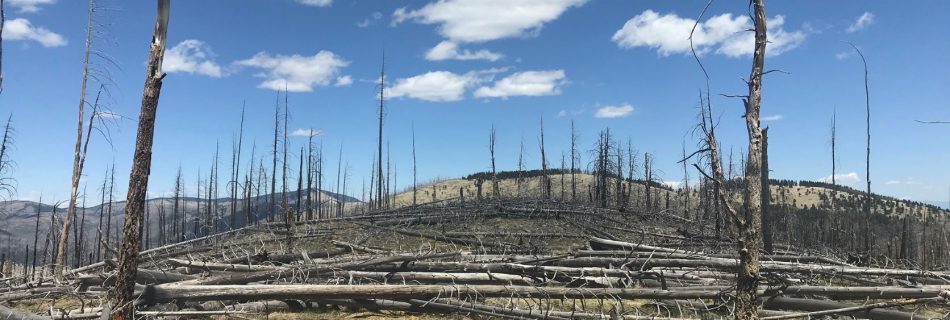Hermit’s Peak Calf Canyon Fire: One Year Later
The Hermit’s Peak Calf Canyon Fire was a devastating event for New Mexico. Many communities were affected, and while this fire was unique, it will not be for long. Climate change and the effects of a century of fire exclusion mean that fires like this one are increasingly likely. We must understand what happened in …

